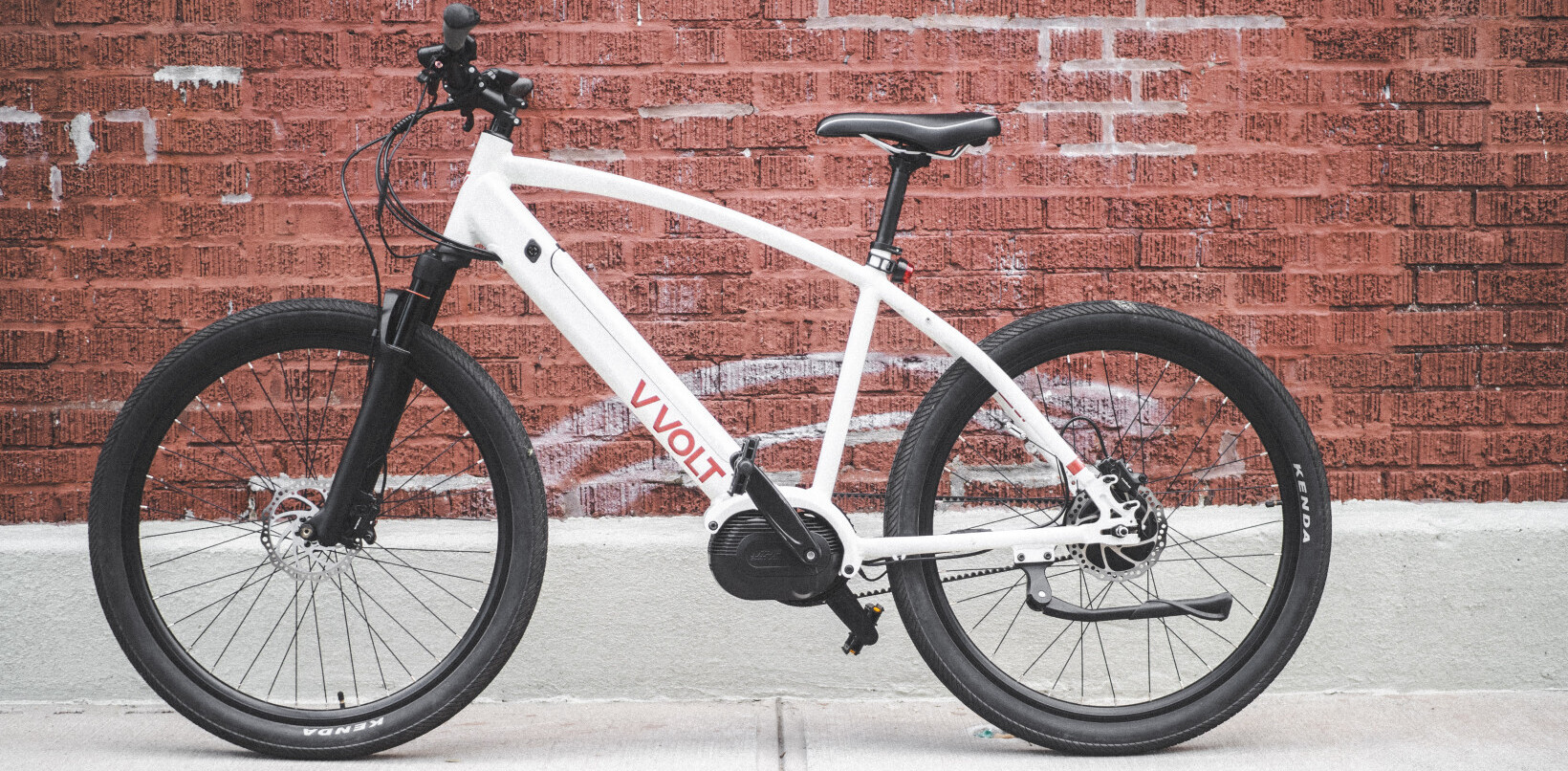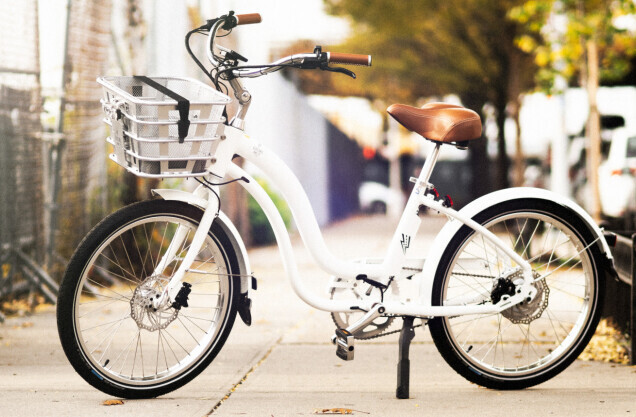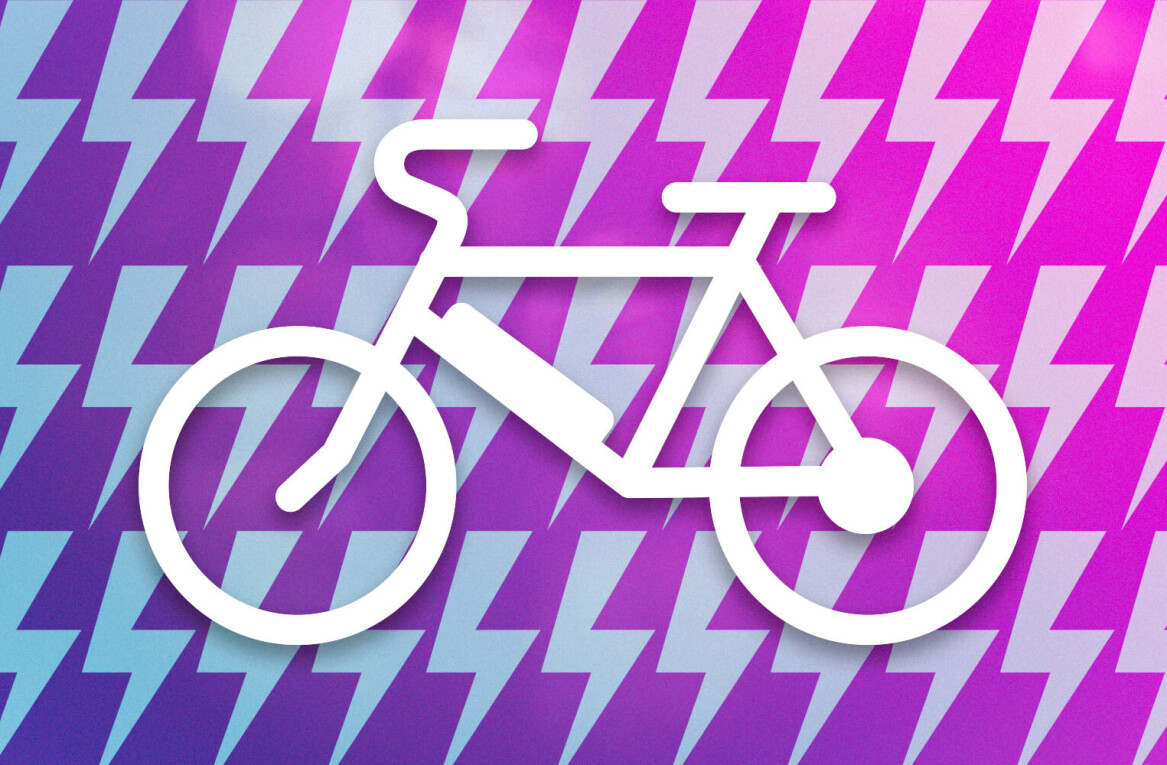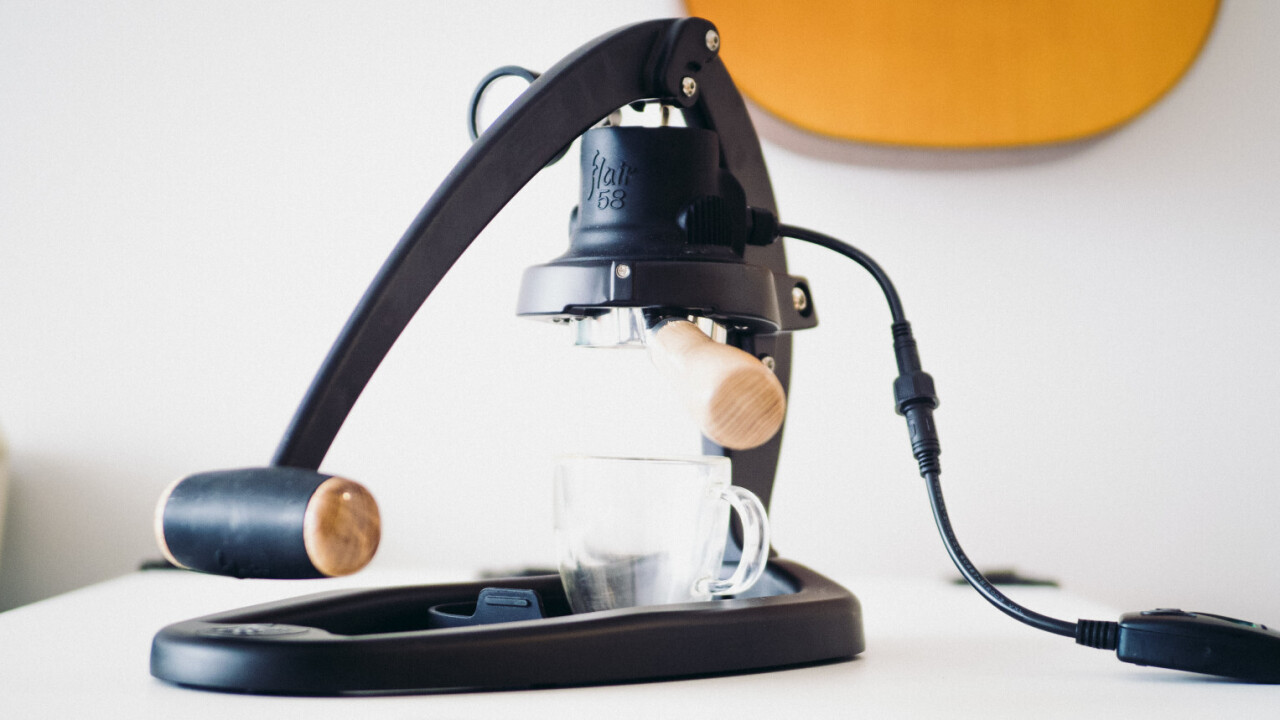
The best money I ever spent on coffee was buying myself the original Flair Espresso Maker.
The Flair has a cult following among espresso aficionados for making it easy to make espresso at coffee-shop quality in a compact, affordable design that requires no electricity. The roughly 6-9 bars of pressure necessary for a proper espresso are created with your own arm strength, rather than any fancy machinery.
But while the original Flair (and the Flair Pro follow-up) were capable of delivering incredible shots, there was a bit of a learning curve, and the process of actually pulling a shot was a little finicky, involving the assembly of a multitude of components with each shot.
This was particularly an issue with light roasts, which require high brewing temperatures. Likewise, delivering multiple shots in a row could be a time-consuming process.
Enter the Flair 58, currently on pre-order. It is so named because it uses the same 58 mm portafilters (the bit that holds the coffee) you find in commercial coffee machines. By introducing a larger basket, making a few design tweaks, and allowing just one electrical component — a temperature controller — the Flair 58 fixes every complaint I had about the earlier models.
At $529, it is the most expensive Flair yet, but for the quality of shots and flexibility you get, it is an absolute steal. I simply do not know how you can get a coffee maker this good, this consistent, and with so much flexibility for less money. The Flair 58 isn’t competing with entry-level coffee machines — it aims straight for the multi-thousand-dollar espresso makers of high-end coffee shops.
Here’s how making coffee works on the new model:
- Turn on the Flair 58’s temperature sensor to preheat the brew chamber for the right roast setting: dark, medium, or light. This takes about 30 to 90 seconds.
- Boil water in a kettle while you grind your coffee. It’s essential to have a good burr grinder and freshly roasted beans.
- Place your grounds into the portafilter, tamp — a nice hefty one is included — and lock the portafilter onto the Flair 58.
- Pour the water into the brew chamber
- Pull down the lever for your shot, maintaining adequate pressure (as visible on the pressure gauge) for roughly 30-50 seconds.
- Empty the coffee grounds, repeat (except your water is already boiling now).
It takes hardly any more time than making coffee on a traditional machine. The only limitation is really how quickly you can grind beans, which is no different than on a commercial or high-end machine setup.
If you’re not familiar with how the earlier Flair models worked, you should read my reviews of the original and Pro. But suffice to say, the Flair 58 significantly cuts down on the time to make a shot, especially if you’re making multiple shots; I always make a shot for my girlfriend before my own.

It is also much more comfortable when preparing for a second shot, as all the hot components are isolated (taking apart the brew chamber on the old Flairs always felt a bit too close to burn hazard). And the longer lever arm makes reaching 9 bars of pressure a cinch.
As for the quality of the shots, they’re sublime. Admittedly, I haven’t tried very many home coffee machines, but that’s only because I was spoiled early on by the Flair. The Flair’s lever allows you to intuitively do something called pressure profiling, something you’d normally have to spend thousands of dollars for.

Despite the fact I make coffee almost daily at home, I still like to visit my local and new coffee shops fairly often. But I still don’t feel like any can give me a better shot than I can make for myself with the Flair 58.
Though truth be told, I already felt like even the original Flair gave coffee shops a run for their money, but the lack of temperature control made it harder to be consistent with light roasts. But with the Flair 58, the only limitation is your own skill.
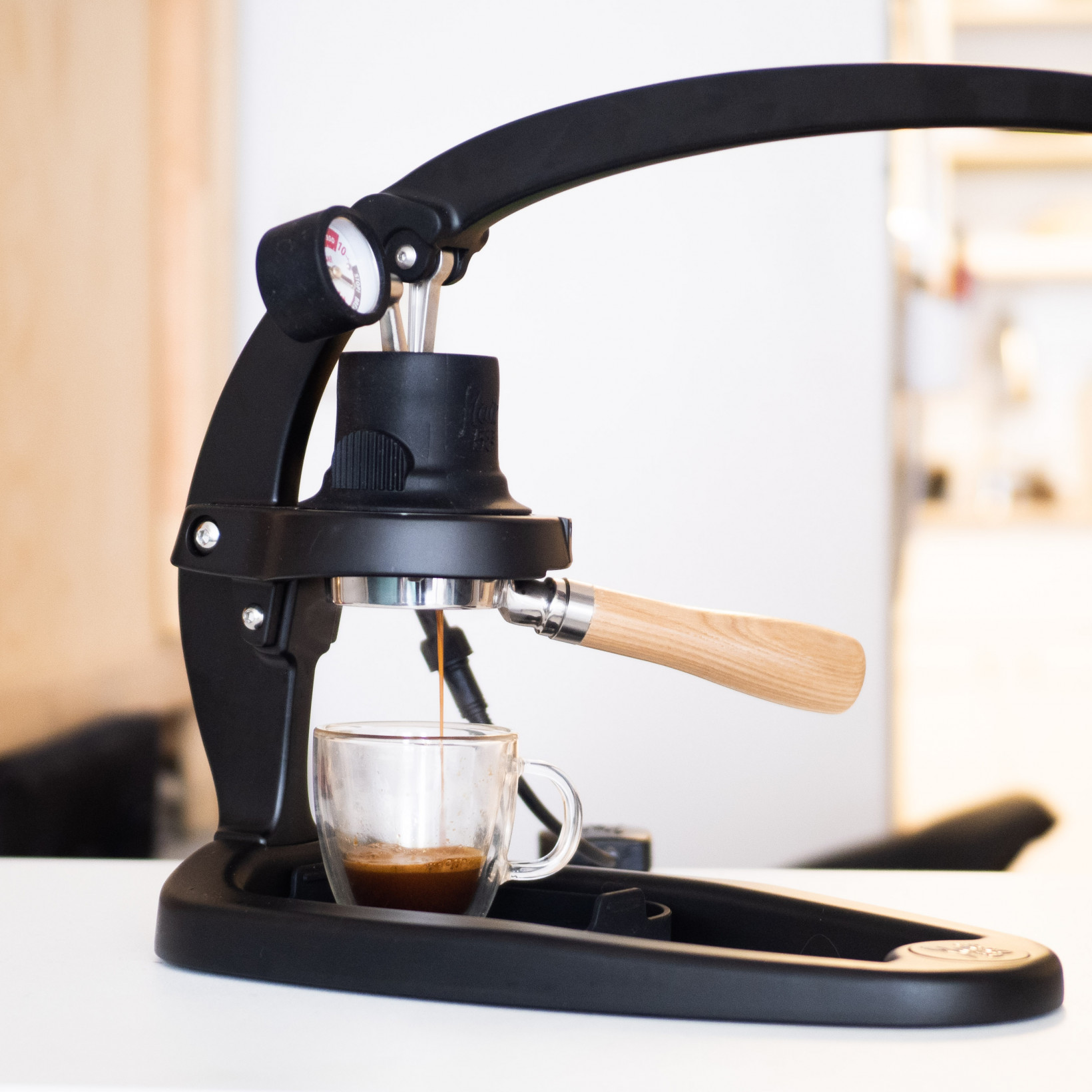
I’m aware this is more of a rave than a review, so I can nitpick about some things:
- The use of electricity and the power cord sticking out of the brew chamber makes the 58 just a little less elegant than its predecessors.
- It’s larger than its predecessors, so it’ll take more counter space. You also need a fair bit of vertical clearance for the lever arm, and it’s not quite as portable either.
- It might take you a couple of seconds longer to make coffee than on a regular machine.
- It requires a bit of a finer grind than the earlier Flair models.
- It is perhaps a little less forgiving than the earlier models, so you’ll have to refine your tamp and dial in your grind a hair more, although the variable pressure still makes it much more forgiving than a standard machine.
- It’s hard to get a yield of over 60 grams.
- There’s still no way to steam milk, something you’ll find on most espresso machines.
For that last one, I’ve found the $39 Submininimal Nanofoamer to be a fantastic solution. Heat up milk (they also sell a stovetop Milk Jug), and the Nanofoamer handles the texture, allowing me to make latte art at least good as I can with the steamer on my Breville Bambino (which given my lack of art skills, is not very good).
Although the Flair 58 is the company’s most advanced model and makes the best shots, it is also the easiest and fastest to use for barista-quality shots.
I wouldn’t be surprised if actual coffee shops started to adopt a multitude of Flair 58’s instead of spending money on a fancy La Marzoco or La Pavoni. The Flair 58 will likely require a lot less maintenance too due to its deceptively simple design.
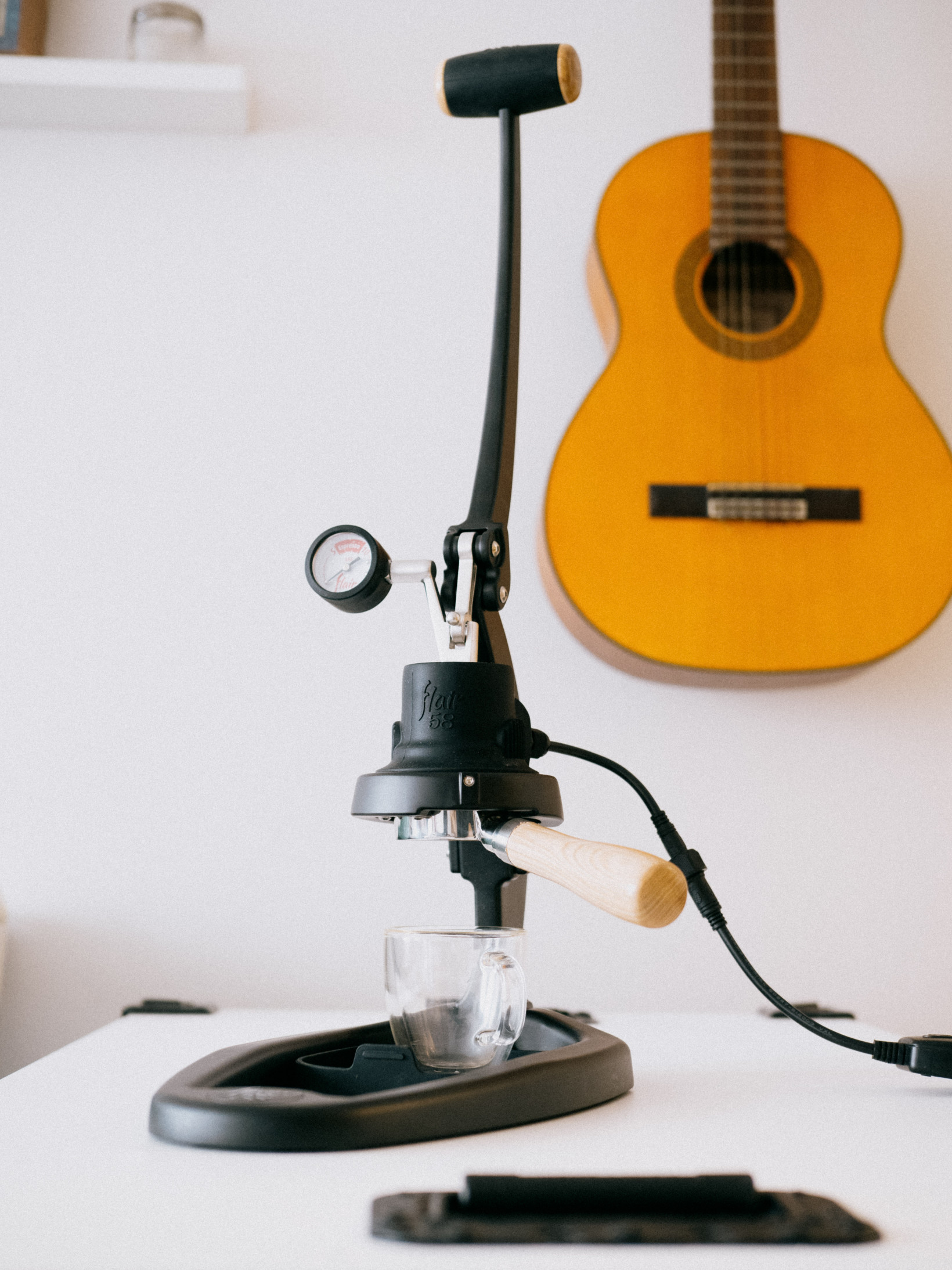
Newcomers to making their own espresso without a good grinder may be better served by the $119 Flair Neo, and the Classic and Pro models still make fantastic shots for less money.
But if you want the best of the best, the Flair 58 offers improved usability and can make some of the best coffee you’ll ever have at a price that’s still basically a steal in the world of espresso.
Get the TNW newsletter
Get the most important tech news in your inbox each week.

